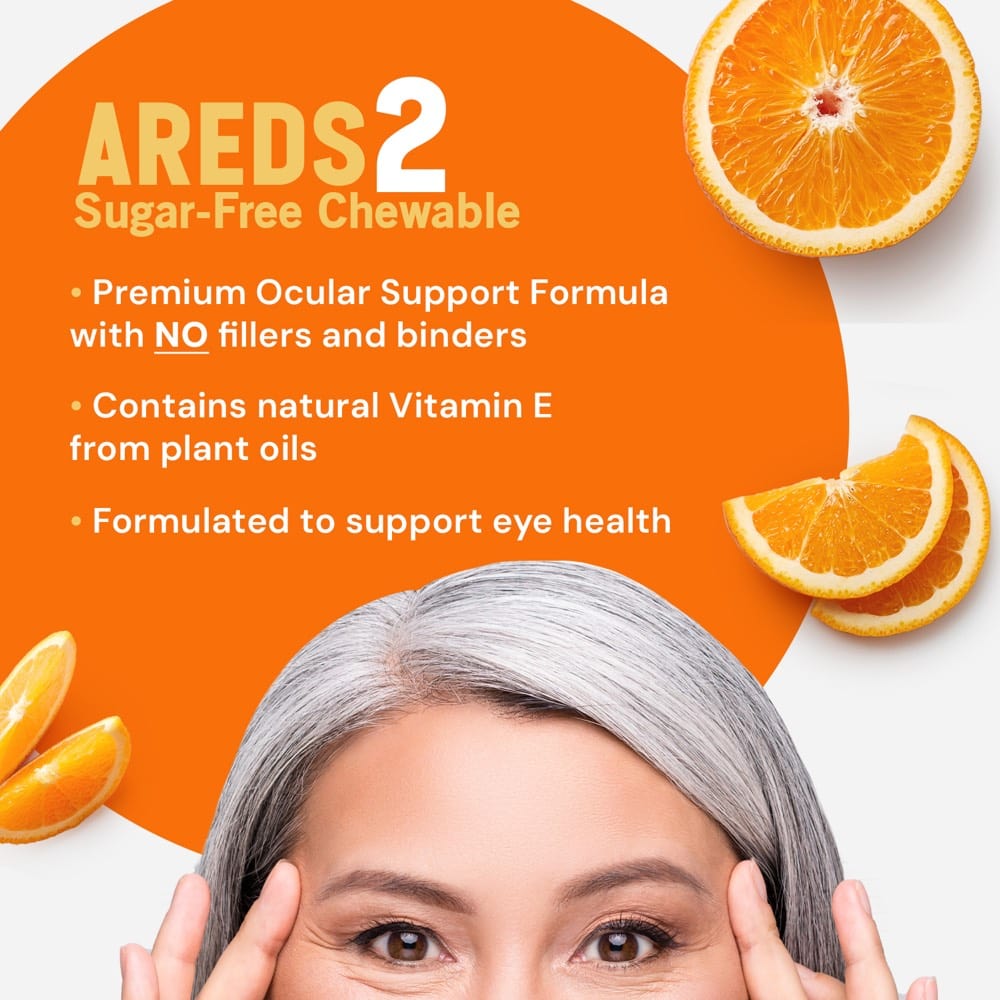Researchers recently discovered that greater exposure to Ultraviolet B (UVB) radiation between the ages of 14 and 29 resulted in a lower incidence of myopia (nearsightedness) as an adult. Data was derived from the European Eye Study and involved 3,168 particpants aged 65 years and older.
Study participants included those with and those without myopia. Researchers looked at the data which included the patients' refractive status, UV radiation exposure, serum vitamin D concentration and genetic polymophisms related to vitamin D pathways. Eye exams were conducted and blood samples were also taken. Study subjects also answered questions regarding education, smoking and alcohol use, outdoor exposure and food intake.
The study results showed that those participants that had a higher annual lifetime UVB exposure, which was directly related to time spent outdoors and sunlight exposure had a reduced chance of developing myopia. Researchers also found that test subjects that had the most years of education were twice as likely to develop myopia compared to those with the least amount of education.*















